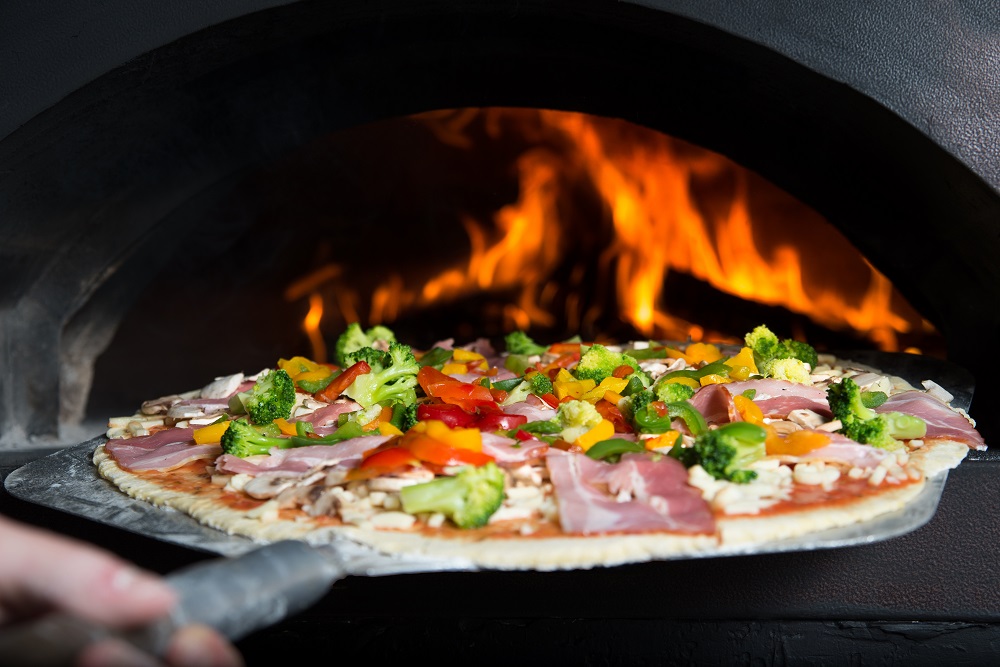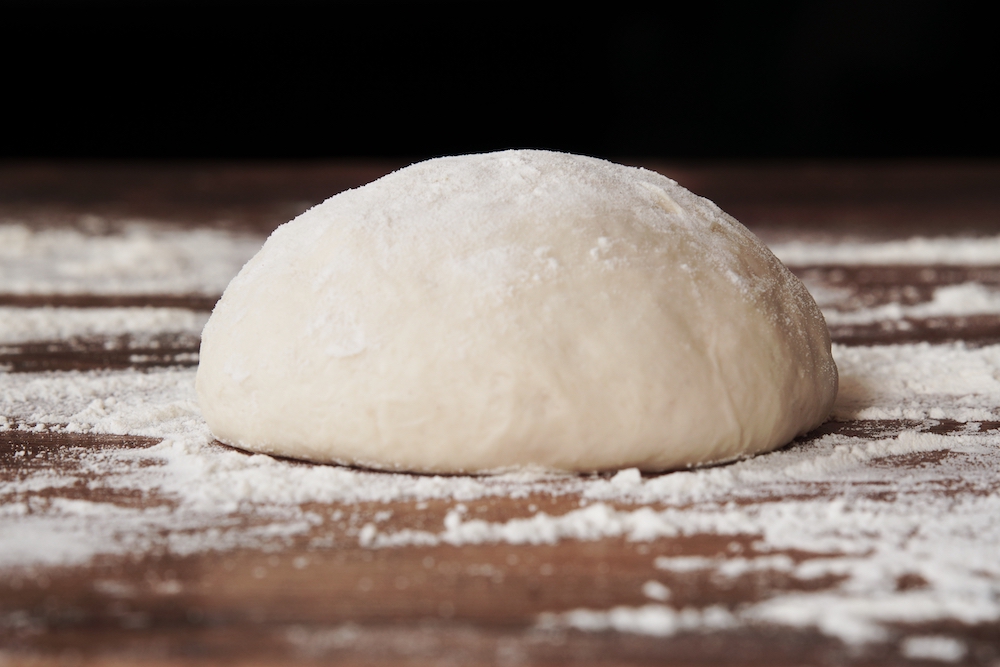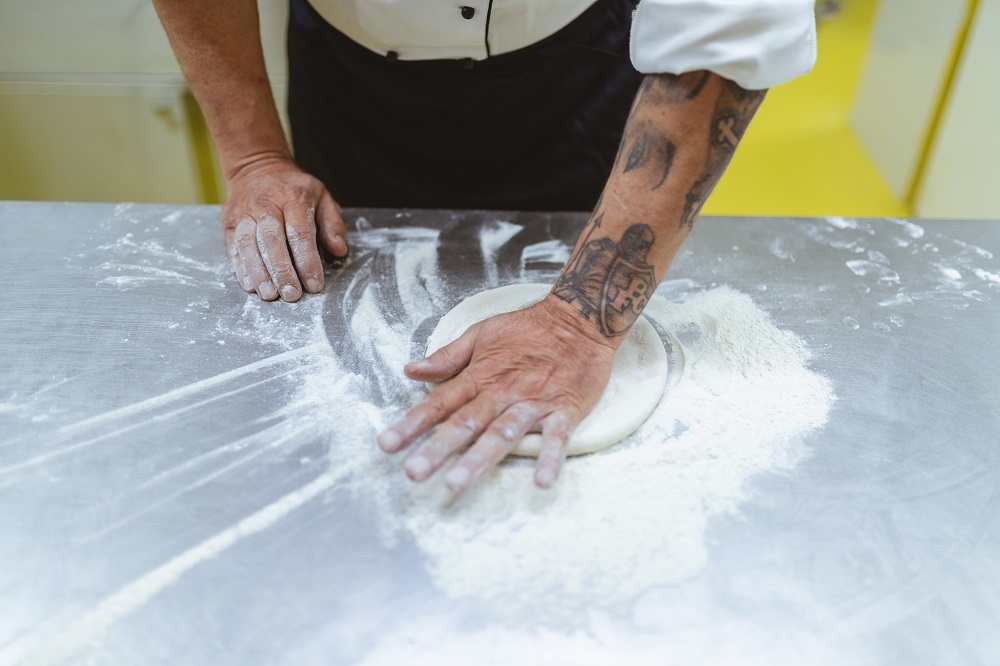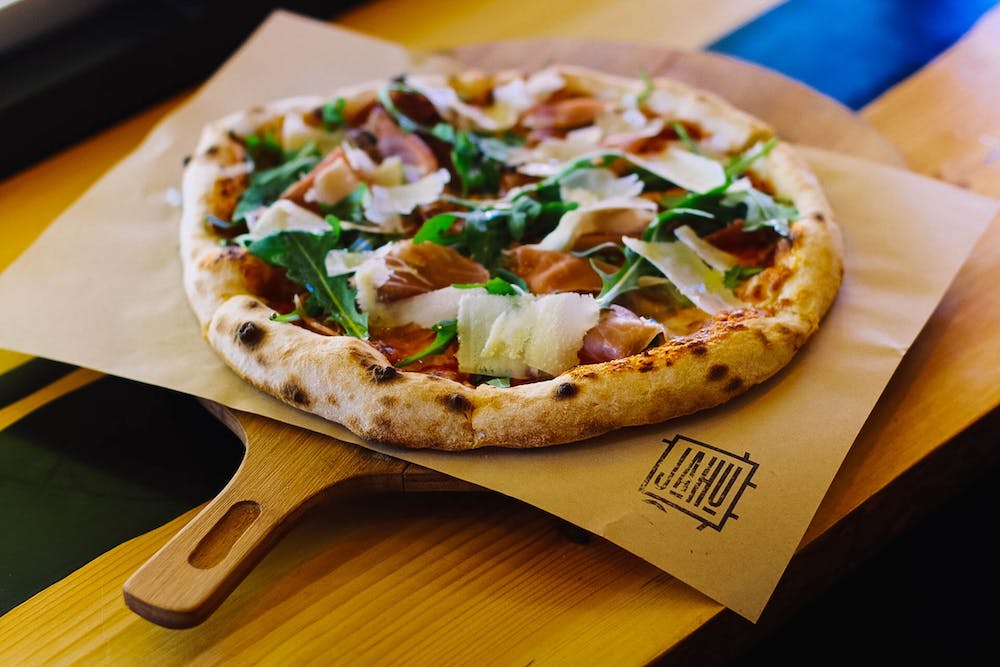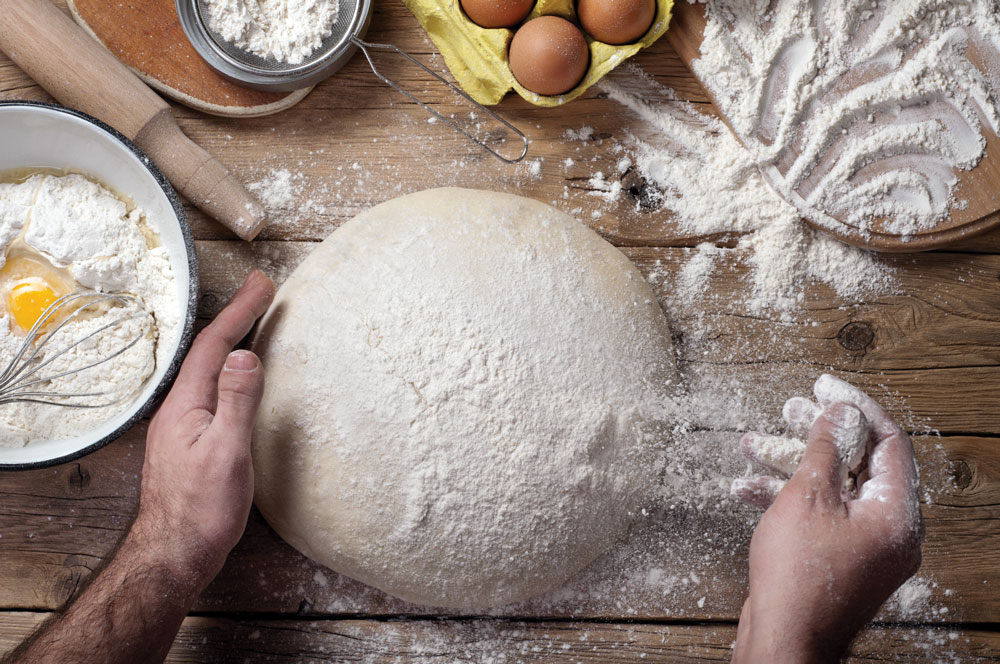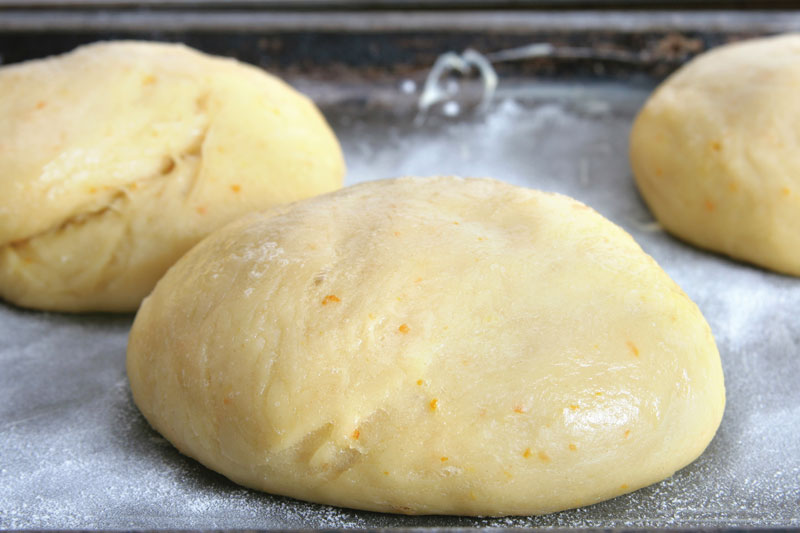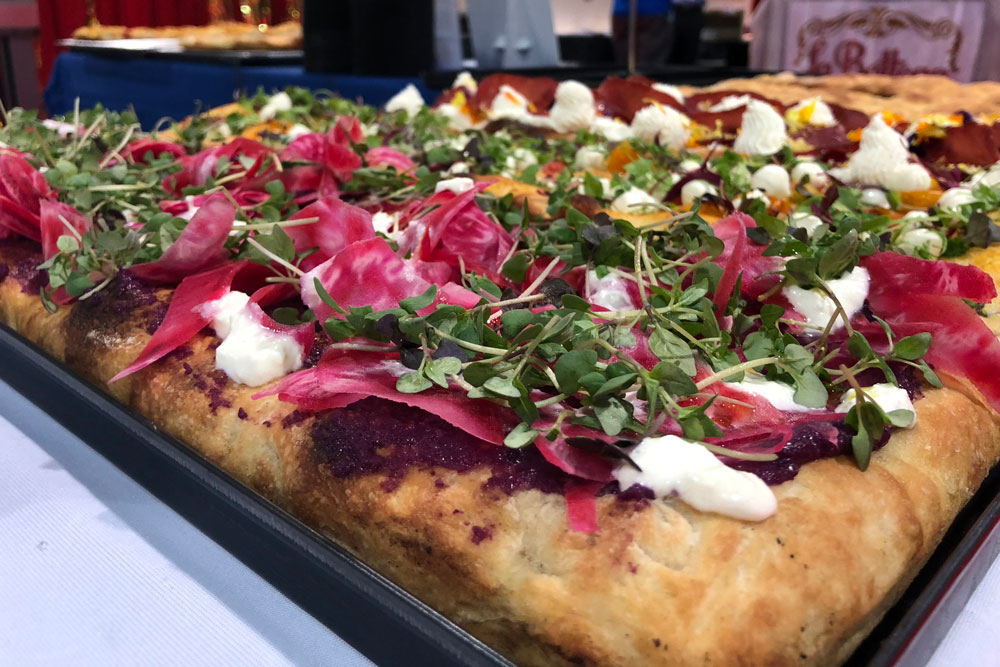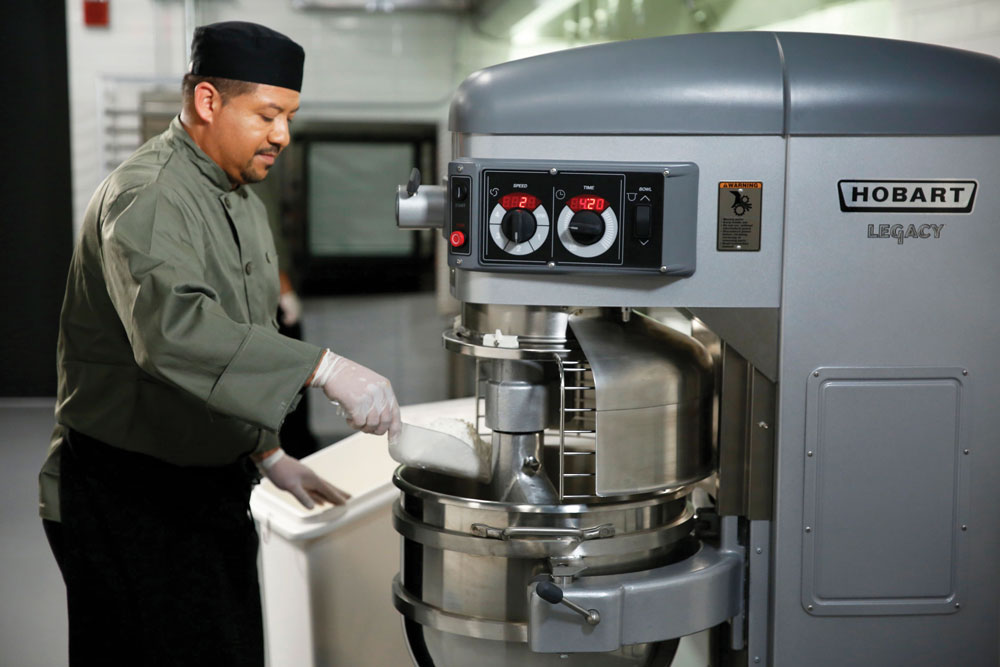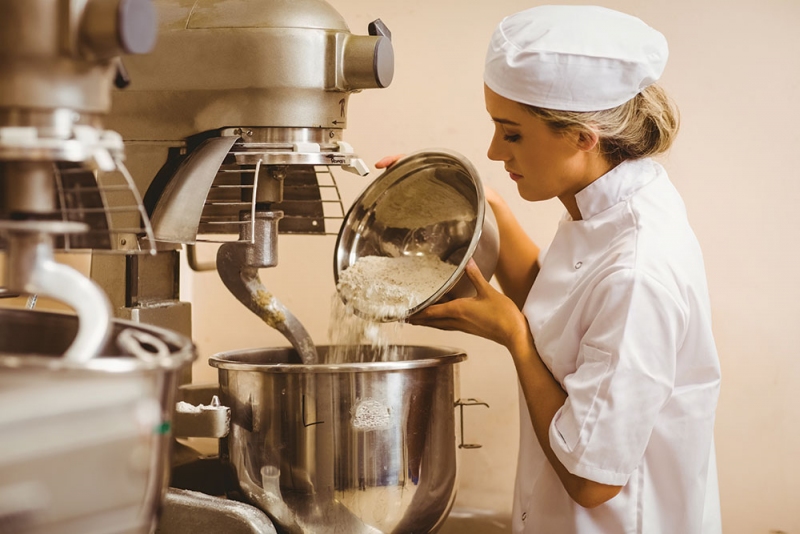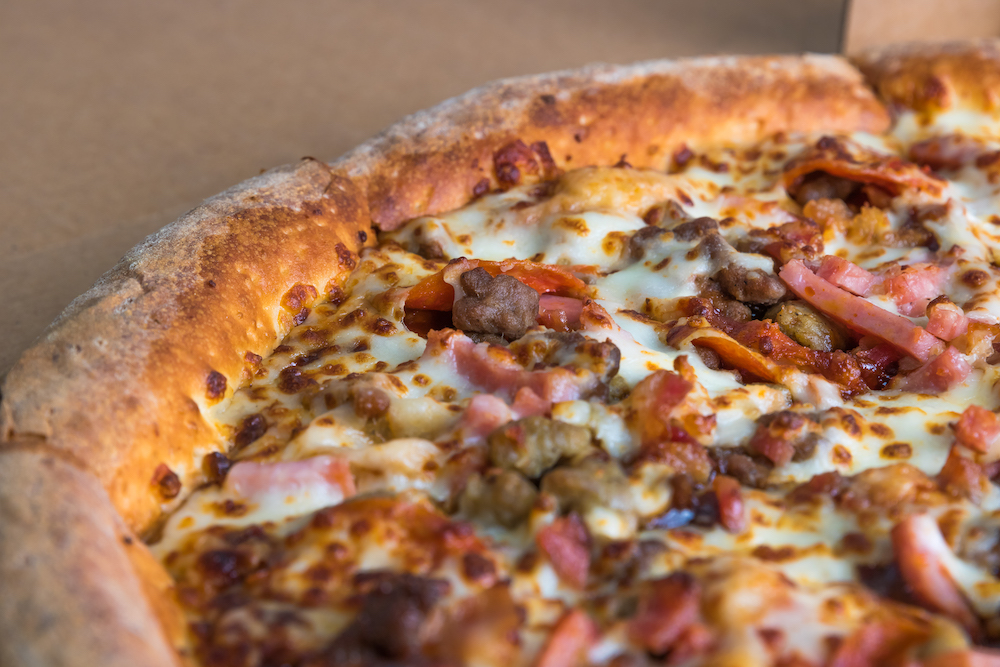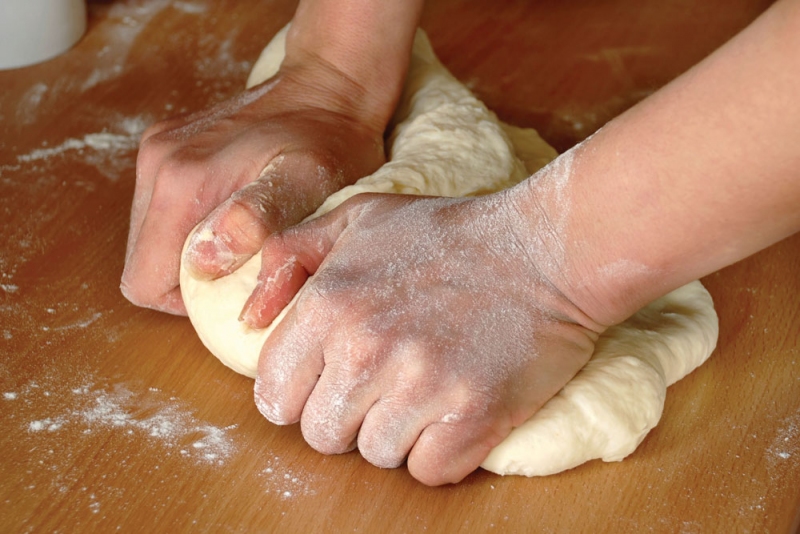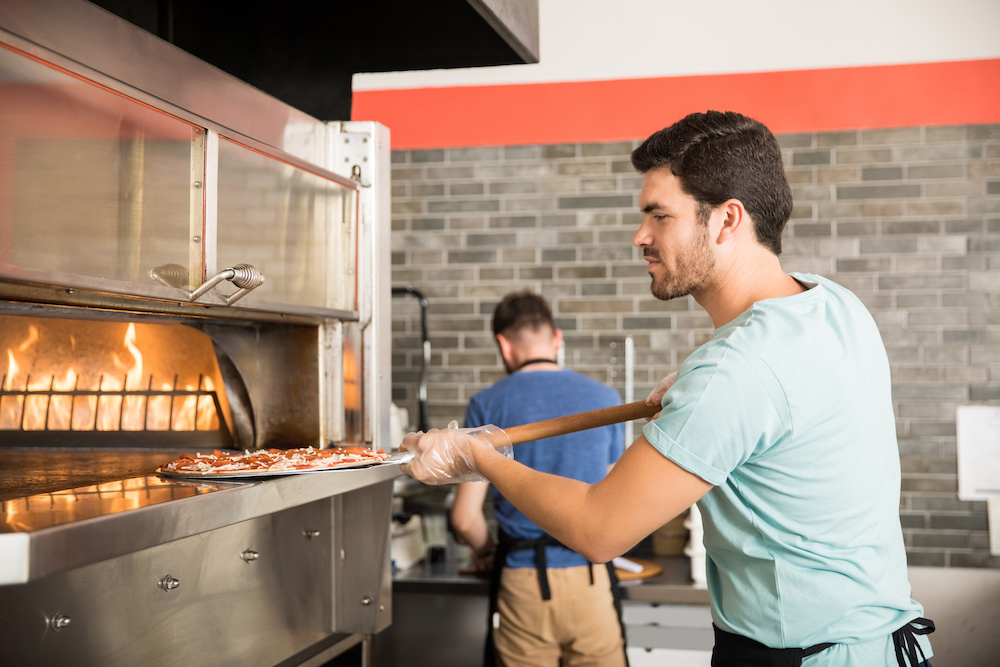The Italians have always known it, and more Americans are figuring it out: There’s just something about the taste of a nicely charred wood-fired pizza. But it can take years to master a wood-fired oven. A good oven tender is often an intuitive one who has learned to communicate with the oven over time. For those who are just starting to learn, however, here are some basic tips along with links to other articles with more details. You can also scroll down and watch a video interview with pizza master Damian “Dutch” van Oosterdorp of Tribecca Allie Café.
1. Be consistent with your wood. Inconsistency in your choice of wood can lead to wasted time trying to get the oven temperature right and keeping it right. Always use the same species of wood, the same size and the same moisture content. Brixx Wood Fired Pizza, headquartered in Charlotte, North Carolina, uses hickory and oak woods, citing their great burn and natural flavors. For wood-fired ovens from Naples, master pizzaiolo Roberto Caporuscio recommends apple, cherry or birch. Other possibilities include almond and walnut.
2. Avoid resinous woods with high sap or oil content. According to Forno Bravo, these woods generate a lot of excess soot and end up coating your oven and chimney flue with creosote. Woods to avoid include pine, fir, eucalyptus, white birch and cedar.
Related: Experts off their top tips for working with wood-burning pizza ovens.
3. Understand the importance of moisture levels in your wood. Freshly cut or “green” wood, according to Forno Bravo, is “similar to a sponge that has been pre-soaked in water; it has to be dried out or seasoned before it can be used.” Forno Bravo recommends a moisture content around 20%. Anything below 15% is too dry.
4. Get your dough recipe right. A recipe that works for a gas-fired oven won’t yield the same results in a wood-fired oven. Wood-fired ovens are much hotter and bake a lot faster. Damian “Dutch” van Oostendorp, owner of TriBecca Allie Café in Sardis, Mississippi, says “wetter is better” when it comes to dough for a wood-burning oven. More water in your dough formula, he says, “gives you greater lift in the dough because you will get more evaporation due to the high temperatures.”
5. Remember to preheat your oven. Give it an hour or even two or three. There’s a common misconception that a cold oven can heat up quickly when you build a fire inside. In fact, the bricks will absorb a great deal of the heat and will need a steady supply of energy to warm up and stay hot. So plan to keep your oven continually fed, recommends Tom “The Dough Doctor” Lehmann, even on days when the shop will be closed.
Related: How to create the perfect pizza with wood- and coal-fire ovens
6. Maintain an even temperature. Keeping an even temperature throughout the oven, including the core of the deck as well as the dome, is essential. If the temperature varies between dramatically between these areas of the oven, your pizza will bake up unevenly.
7. Use the three-touch rule. Once you’ve got your temperature right and place your pizza in the oven, don’t move it around too much, van Oostendorp says. “Think of touching it three times—touch it once to turn it, touch it a second time to turn it again, and for the third touch take it out … and you’re done.”

